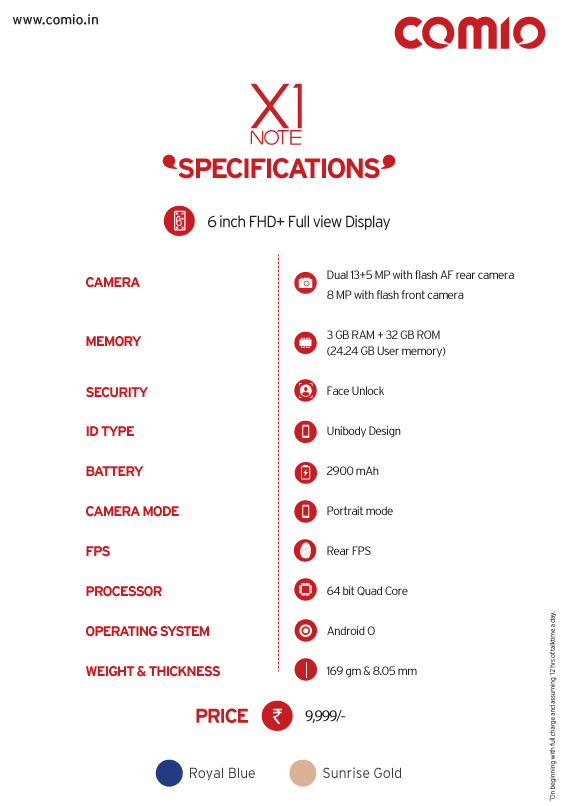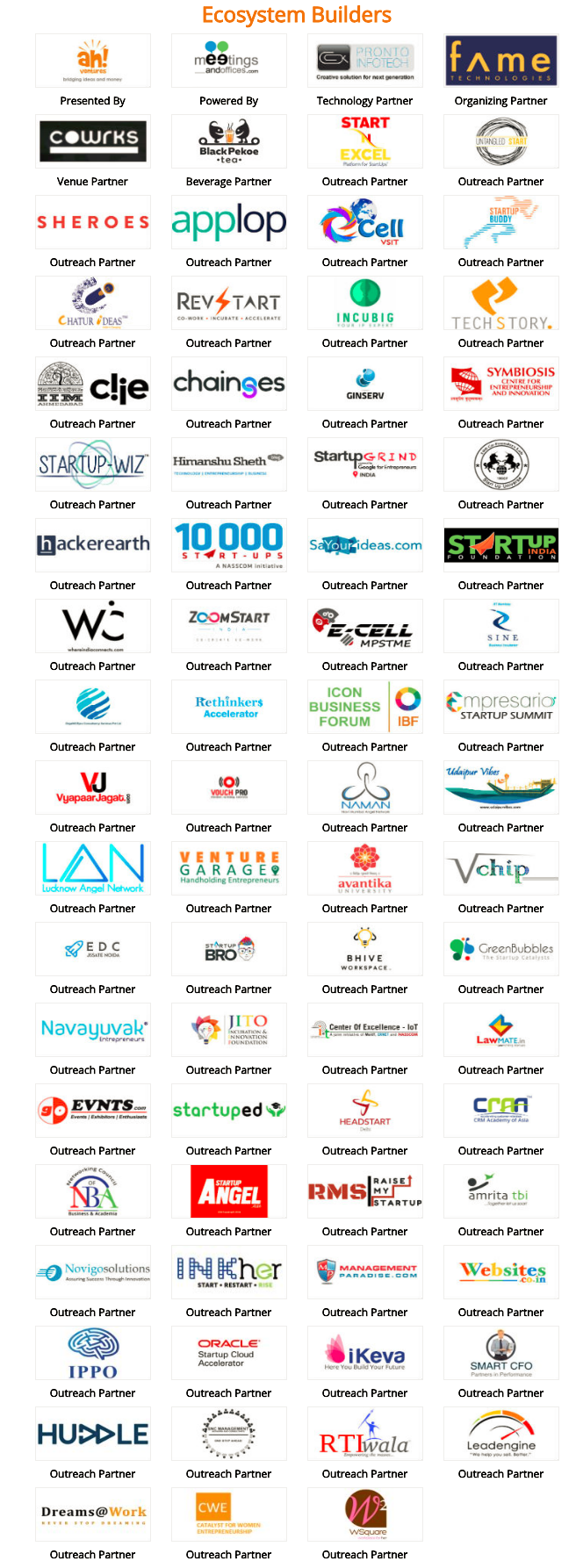Accion Venture Lab, the world’s leading seed-stage investor, YourNest, an early stage venture capital fund & few prominent angels have jointly invested Rs. 9 crore in the Hyderabad-based fintech startup CredRight, a data driven lending platform that provides credit to unserved & underserved Micro, Small, and Medium Enterprises [MSMEs]. CredRight partners with chit funds – which are similar to Rotating Savings & Credit Association [ROSCAs] in the United States but use a reverse auction to distribute pooled funds – across India to acquire customers and use previously untapped chit data, along with other data points, to underwrite a loan for a customer.

Neeraj Bansal, Co-founder and CEO, CredRight said
CredRight is aiming to disburse Rs. 100 Cr in the next 12~15 months. With this new injection of capital, CredRight plans to further invest in technology, grow its team, and continue its expansion plans to reach even more unserved & underserved customers. Chit funds are the most underappreciated financial inclusion story in India. Registered chit funds, well regulated by States & RBI, cater to more than $10 bn credit demand in India, addressing more than 5 mn missing middle of India for over a century. With digital channels and complimentary lending, the industry has the potential to grow many folds and expand the financial inclusion story even further.
CredRight has partnered with chit funds companies that allows access to MSE’s & their entire past credit history related to chit fund payments and defaults data. It is a data driven lending platform that provides credit to MSMEs. CredRight partners with chit funds across India to acquire customers and use previously untapped chit data, along with other data points, to underwrite a loan for a customer. RBI Registered chit funds in India have 5 million subscribers, with 50% being MSME subscribers.
By leveraging its proprietary machine learning based credit algorithm, CredRight is able to build significantly better picture of cash flows, ability to repay, and willingness to repay for any applicant. Due to its end-to-end digital process, CredRight can approve loans within 24 hours and disburse funds within three business days.
Paarul Dudeja, Director of Investments for India, Accion Venture Lab, said
With tens of millions of India’s MSMEs cut off from formal financing, CredRight’s innovative new model and use of often-overlooked data can help small businesses thrive.
Sunil Goyal, Managing Director & Fund Manager, YourNest Venture Capital, said
For decades chits are a trusted source of savings and credit in India. CredRight team has intelligently built an algorithm to use the reliable data on the members available with the chit funds. This strong digital platform allows CredRight to have a lower operational cost, conduct multivariate analysis and a continuously evolve its credit model.
The inherent savings led re-payment plan, and the obvious benefits of the fraternities build around friendships, brotherhoods and neighborhood allows better adherence of loan re-payments. We find CredRight has gained access to hitherto untapped alternate credit data-sets to build and roll out a product for ‘Bharat’.
T. S. Sivaramakrishnan, General Secretary of All India Chit Fund Association, said
Chit funds have been serving the financial needs of Lakhs of households in India and like Yoga or Ayurveda, has stood the test of time. With the advent of companies like CredRight who are inducing a healthy dose of digital technologies and risk-based algorithms, Chit Funds can prepare for the oncoming era better and meet the unstated needs of their subscribers better as well as reach out to young generation with more confidence.
More information about CredRight can be found here















